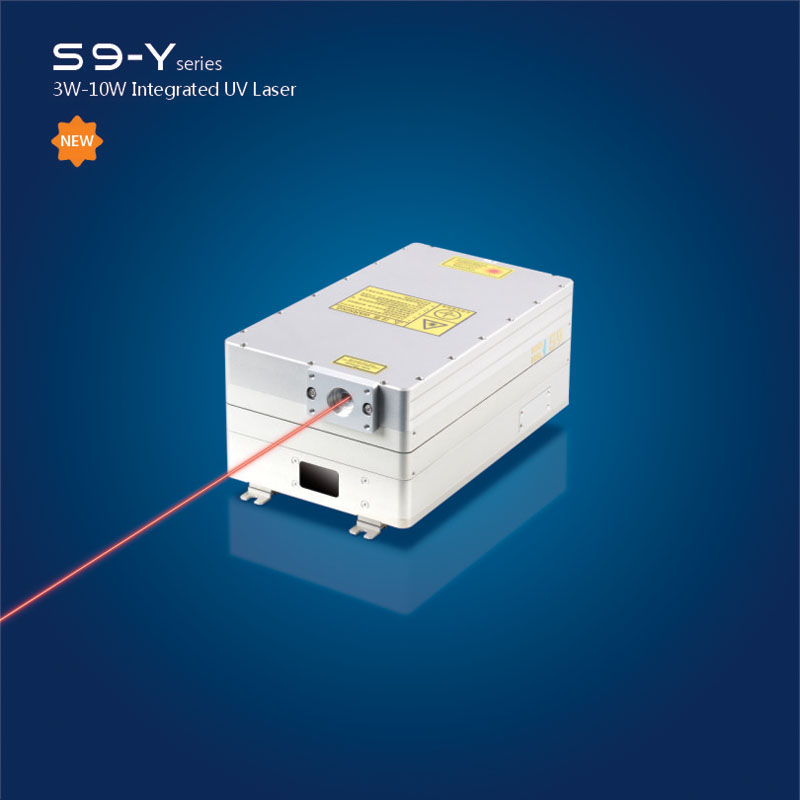
El láser UV de nanosegundos RFH de 355 nm tira de pintura sobre plástico y gana el aplauso de los clientes
Sep 01 , 2022RFH 355nm UV Nanosecond Laser Strips Paint on Plastic, Wins Applause from Customers
Throughout the field of modern industrial materials, plastic definitely occupies a place and plays a pivotal role. When processing plastic products, the process of "peeling paint" is the most important.
Why strip paint?
Plastic products have a wide range of applications, among which surface coating is very common, in addition to aesthetics, there are oxidation resistance, weather resistance, solvent resistance and other characteristics.
Although there are many uses of plastic coating, on the contrary, when there are problems such as coating aging, peeling, cracking, etc., or need to be re-marked, peeling paint will play a role. The process of stripping paint is as simple as peeling off the old paint from the substrate and then repainting or marking it.
In simple terms, there are only two steps, peeling paint and re-marking. Now the common method is to carry out the two steps separately. If they can be combined into one, the efficiency improvement must be huge. However, when talking about new methods, it is necessary to first understand the most common methods of stripping paint.
Commonly used paint stripping methods:
There are two most commonly used methods of stripping paint today, physical and chemical.
Among them, there are many physical methods. The more traditional ones are the sand blowing method and the knocking shovel method.
As the name suggests, sand blowing is to blow the surface of the plastic with fine sand and gravel such as emery, and peel off the surface paint by friction, and the shovel is even more straightforward.
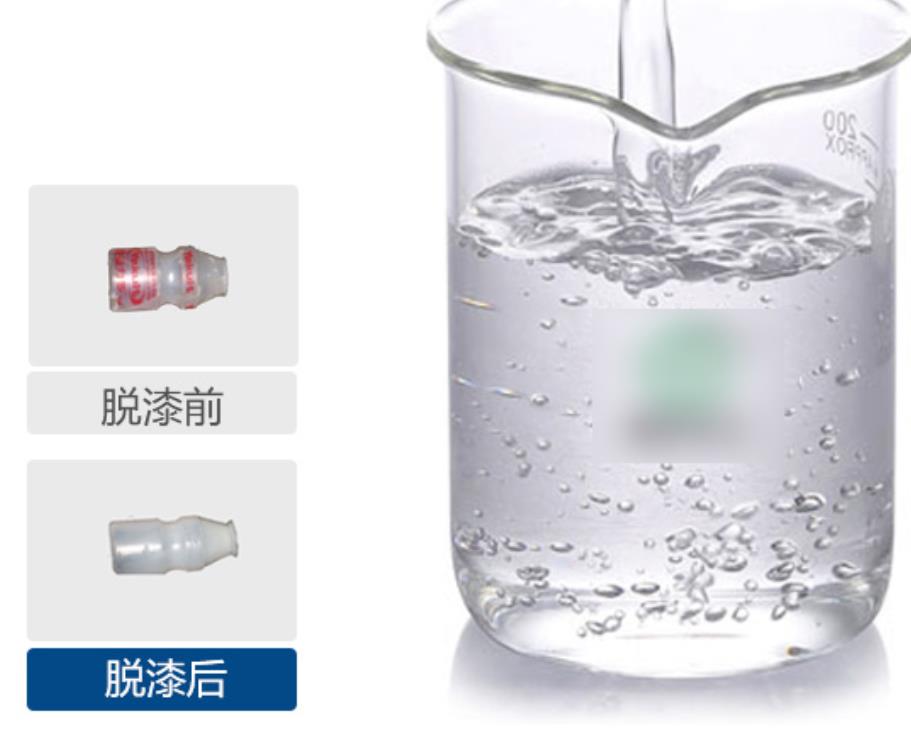
In addition, the chemical method is to use various chemical agents to dissolve the surface paint, which is often referred to as "paint remover". However, chemical paint stripping is mainly used on metal materials, so it is easy to damage the material substrate when dealing with plastic materials, and the risk is high. .
Looking at all the methods, no matter which one is, they are all contact paint stripping, and it is difficult to control the processing accuracy. Is there a less risky, non-contact processing method?
Have!
RFH laser processing, plastic stripping and marking in one go:
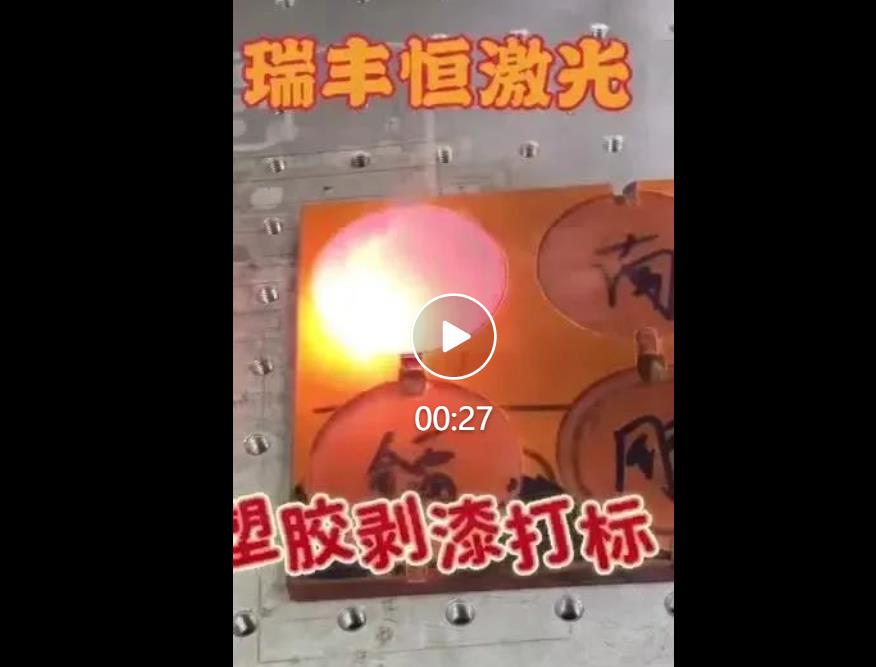
Laser is a non-contact processing method. Under the RFH high-power ultraviolet laser, 20W@100K can quickly peel and mark the plastic surface, accurately control the surface accuracy, and the marking is clear and sharp without damaging the material.
Expert III 355 High Power UV Pulsed Solid State Laser
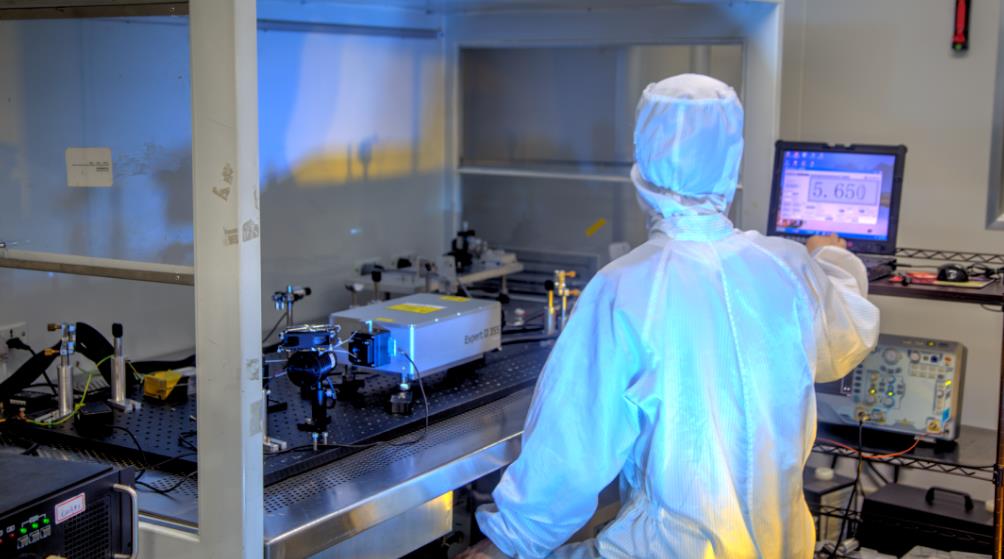
El láser UV RFHExpert III 355 tiene una longitud de onda láser de 354,7 nm y un amplio rango de frecuencia de repetición (10 kHz a 200 kHz), que se puede adaptar a varios esquemas de procesamiento y se puede usar para pelar y marcar plásticos de una sola vez. Debido al diseño integrado, RFHExpert III 355 es fácil de integrar con varios equipos, tamaño pequeño, sin necesidad de hacer una ruta óptica grande y tecnología de control de conmutación Q única, que es adecuada para diversas necesidades de control de aplicaciones láser.
En términos de precisión de mecanizado, RFHExpert III 355 tiene una alta precisión de ±0,02 mm, una calidad de haz superior (M2<1,2) y está estrictamente garantizado en todos los rangos de frecuencia. Al mismo tiempo, el ancho de pulso es inferior a 25ns@50k y el área afectada por el calor es muy pequeña durante el procesamiento. Especialmente cuando se procesan productos de plástico, puede garantizar que no haya problemas como rebabas y deformaciones en el borde de la pintura descascarada, y que la superficie sea lisa y sin marcas.
Finalmente, en términos de control de la fuente de alimentación, RFH tiene la tecnología de investigación y desarrollo independiente de la fuente de alimentación. A través de la tecnología de control de fuente de alimentación inteligente totalmente digital, es fácil de operar, fácil de monitorear, admite la comunicación con la computadora y puede controlar el láser externamente a través de RS232.
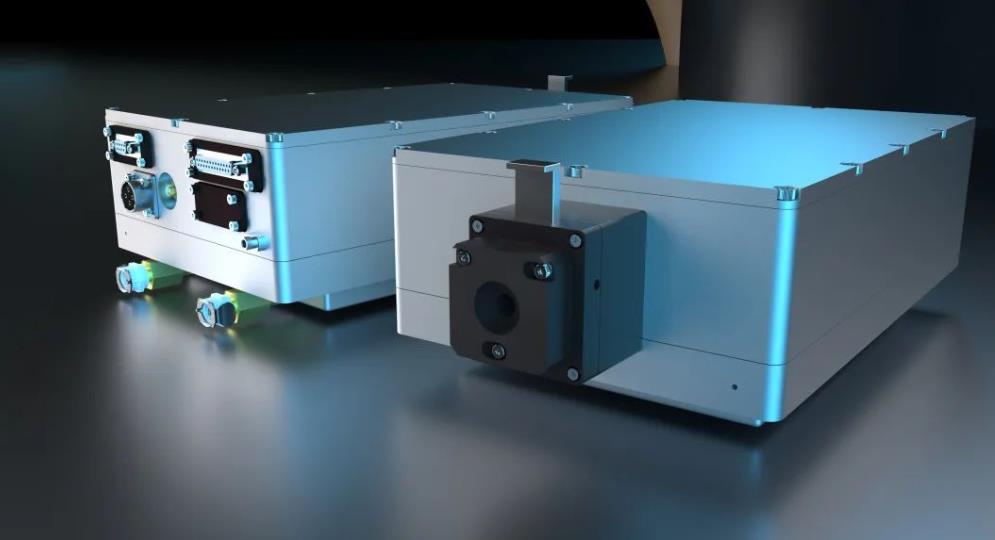
Después de más de 15 años de ingeniosa forja, RFH ha desarrollado un equipo de nivel de doctorado y ha desarrollado de forma independiente un sistema de control de potencia específico para láser. A través del concepto de diseño modular, los módulos funcionales se pueden mejorar según las necesidades del láser.
¡La búsqueda de nuevas tecnologías y el respeto absoluto por la innovación son el respaldo sólido para el funcionamiento estable de todo el sistema láser RFH!